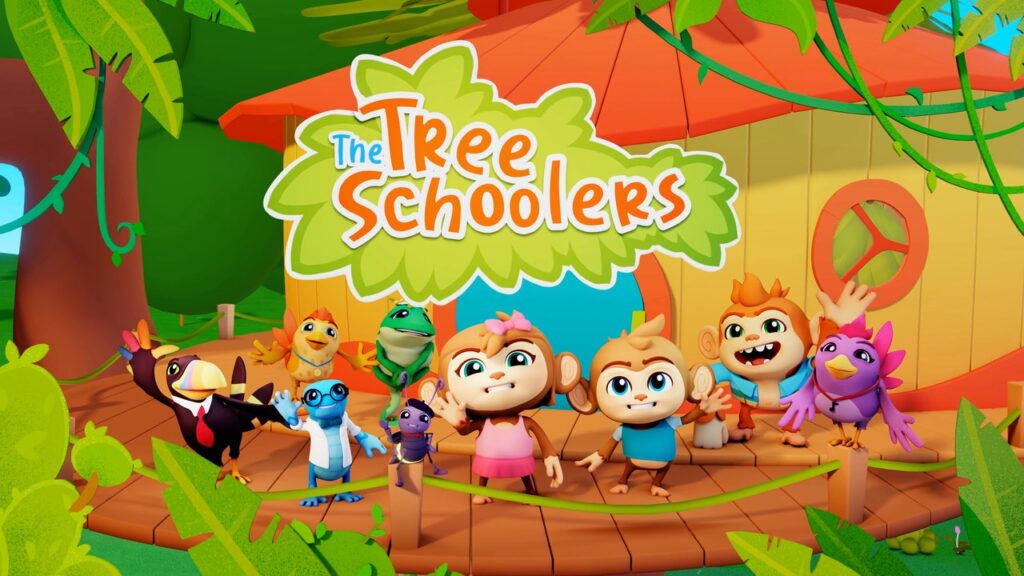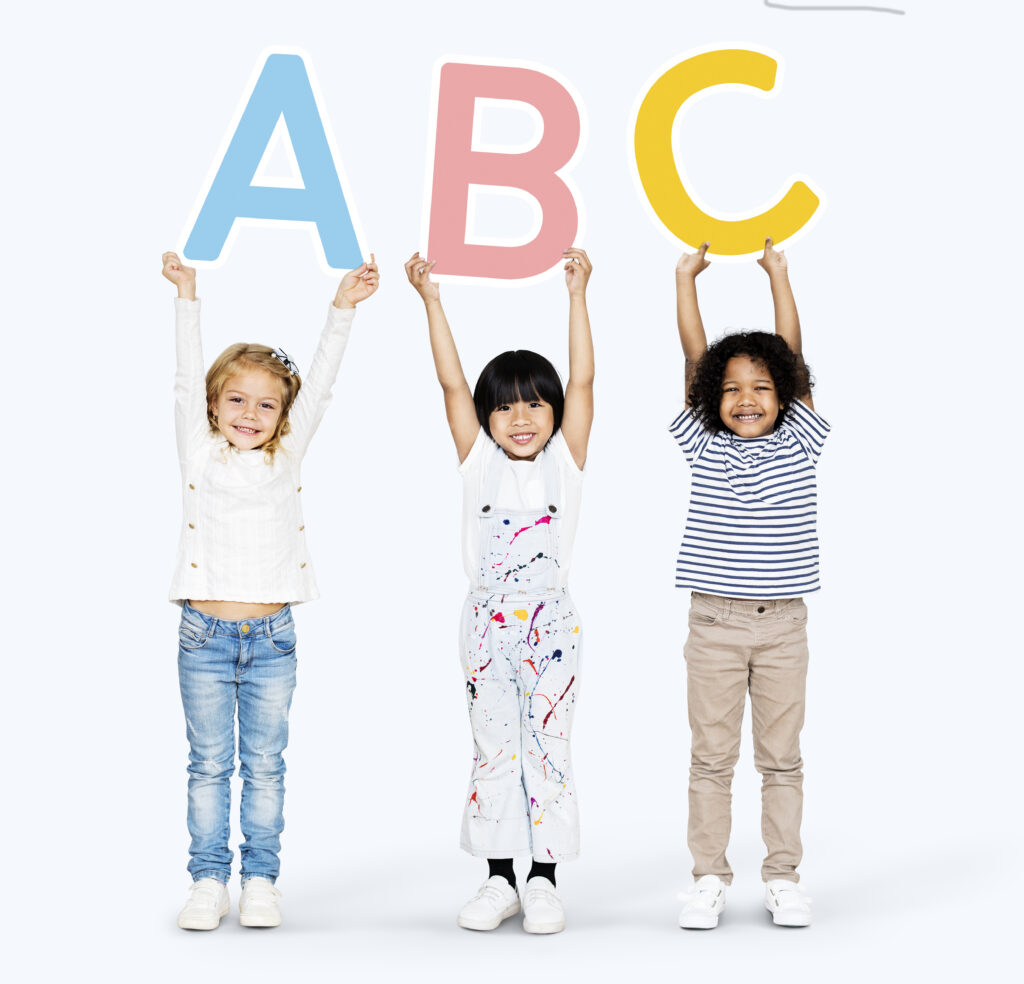It can be daunting to think about helping your preschooler get ready to read. I think that teaching my kids to read was a task I dreaded as much as I dreaded potty training. The success when it was accomplished was equally celebrated as I sighed a relieved, “Whew, another one down!” And, just like when I finished potty training for good, when I finished teaching my youngest to read, my happy thought was, “I never have to do that again!” It’s a job worth doing, but we’re happy to be finished with it.
While helping our preschoolers get ready to read is definitely a big job, we don’t have to do it alone or without help. Reading experts have identified five essential components for effective reading. Even if your child will learn to read at school, it’s important to support this process at home. So understanding these components is worth it for parents in helping your preschooler get ready to read.
The Components
Phonemic Awareness is the understanding that words are made up of individual sounds that are blended together when words are pronounced.
Phonics Instruction is about learning the rules for building words. It begins with learning basic letter sounds, and it continues through all the phonics rules. This includes the “-i before -e except after -c” kinds of rules. Phonics instruction continues through all reading instruction.
Fluency is reading the words in a text rapidly and accurately and using phrasing and emphasis in a way that makes what is read sound like spoken language. This is about reading in a way that shows clear understanding of the text, rather than choppy reading.
Vocabulary is about recognizing and pronouncing words correctly. It includes understanding words that are spoken to us, using the correct words when speaking to others, recognizing words we know when we see them in print, and choosing the words we write.
Comprehension involves constructing meaning that is reasonable and accurate by connecting what has been read to what the reader already knows. It involves thinking about all of this information until it is understood. Comprehension is the final goal of reading instruction.
Why know these components?
These five essential components can sound quite complex, but any reading program is built on these concepts. Whether you are teaching your child to read yourself or your child will learn to read at school, it’s helpful to understand these components. Knowing these components will help you to identify where your child needs help and where your child is doing fine. This is helpful for parents, no matter who is teaching your child to read.

We can help you get started!
My Signing Time is releasing a new series of videos to help you get your preschooler ready to read. TreeSchoolers: The Legends of Phonetica is designed to help pre-K children learn the basic letter sounds. It specifically addresses the essential components of phonemic awareness and phonics instruction.
In TreeSchoolers: The Legends of Phonetica, the TreeSchoolers discover a secret world where they can learn the letter sounds. They learn words that go along with the letter sounds they’ve learned. And of course their adventures are fun, a little silly, musical, and educational. We’ll be publishing activity guides to provide additional activities to support learning the letter sounds.
Head here to watch the first episode for free. To access the rest of the series, you’ll need a My Signing Time digital subscription. With a digital subscription you can access ALL of our fun, educational programming on any device and from anywhere.
To get your child started on the letters, you can work on the letter signs. You can find all of the ASL letter signs in our Signing Time Dictionary here.

